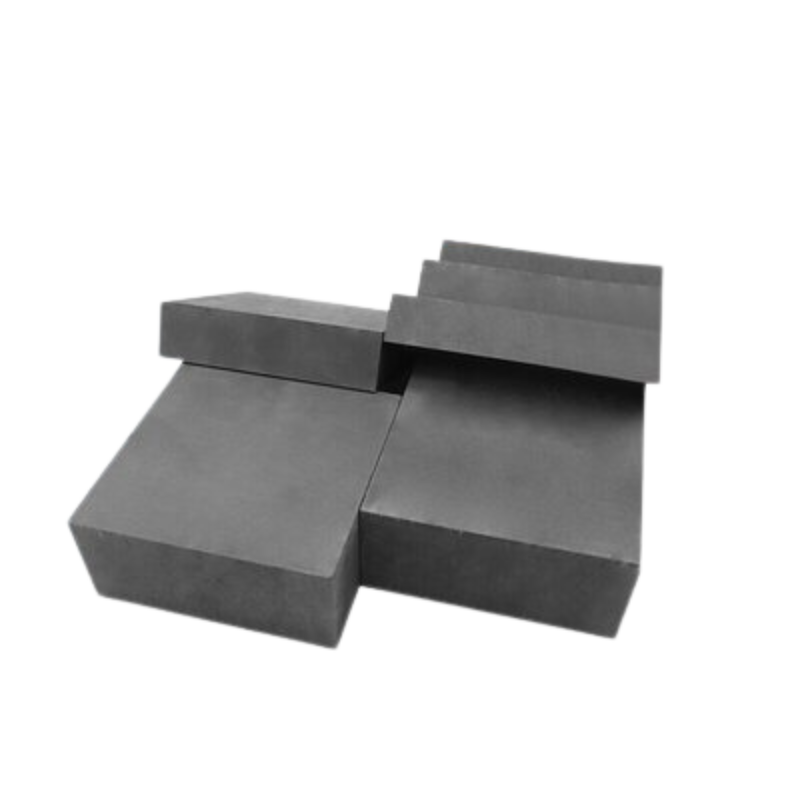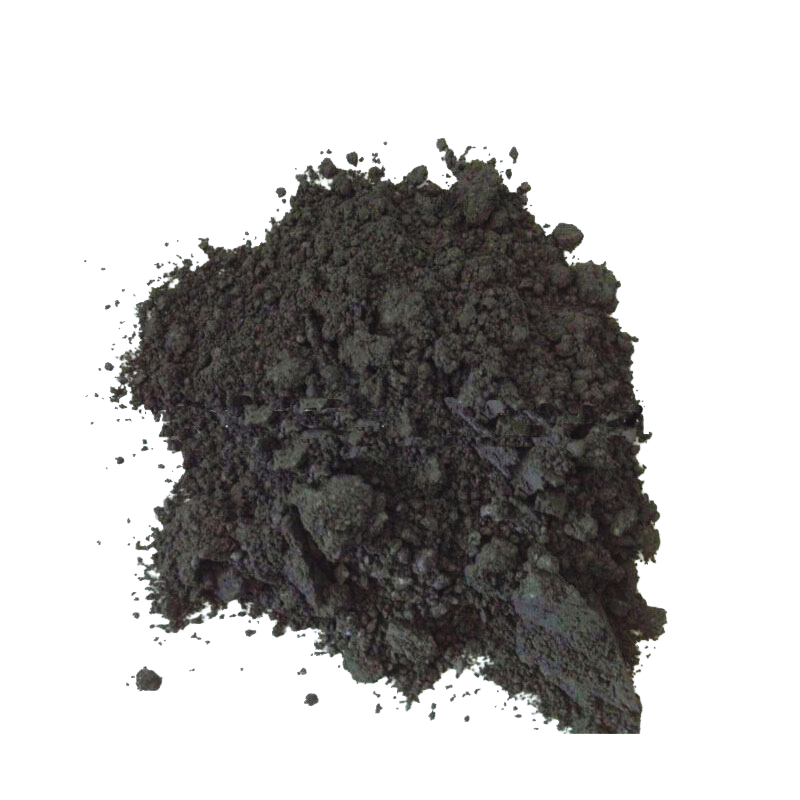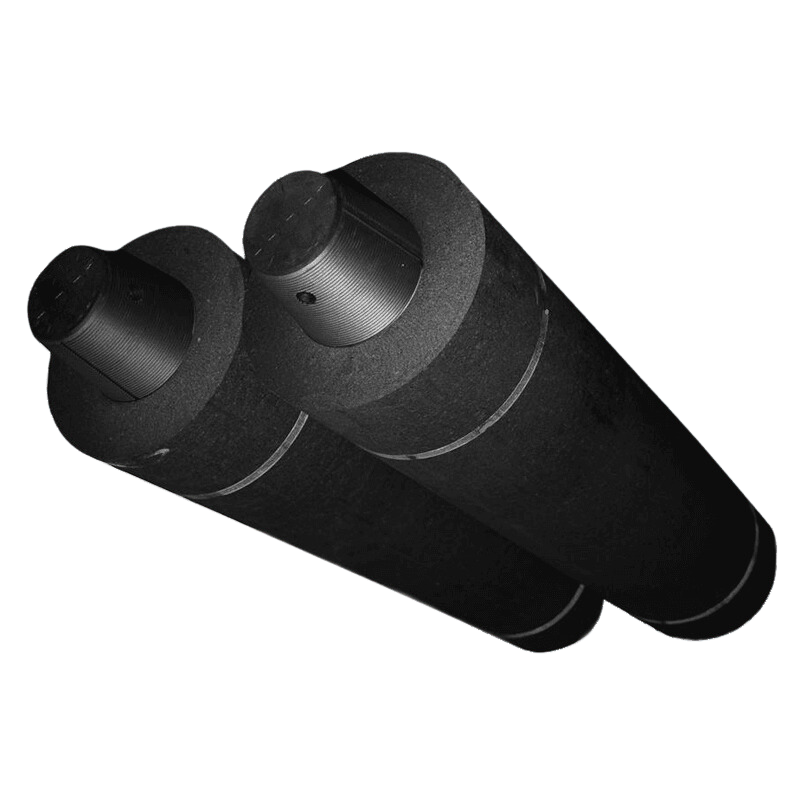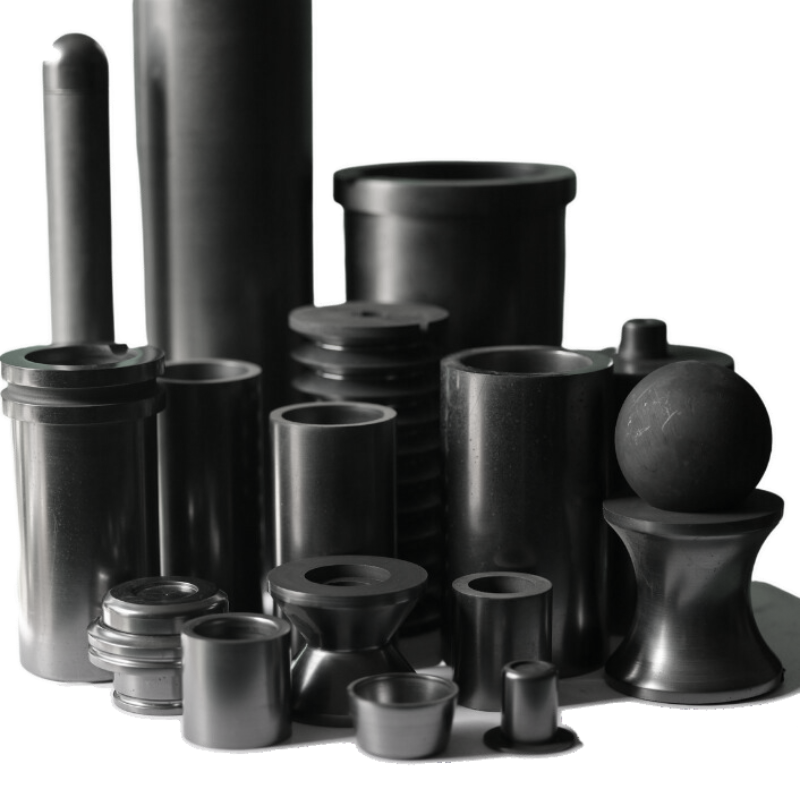The presence of pores in the interior of graphite rods can be attributed to various factors related to the material properties, processing techniques, and specific environmental conditions during manufacturing. Here are some reasons that may lead to the formation of pores within graphite rods:
1.Gas Release: During the graphite preparation and sintering process, raw materials may contain gases or volatile substances. These gases are released at high temperatures, resulting in the formation of pores.
2.Material Impurities: Impurities, impure substances, or components containing gases within the material, such as moisture, oxides, etc., may generate gas during the high-temperature process, leading to the formation of pores.
3.Volatile Substances: Some auxiliary or processing agents used during the manufacturing process, such as binders, solvents, etc., may release gases during heating, contributing to the formation of pores.
4.Improper Mixing: Uneven mixing of raw materials or failure to completely remove gases during the mixing process may result in the presence of pores in the final graphite block.
5.Insufficient Sintering: In the graphite preparation process, inadequate sintering temperature or duration may prevent complete fusion of raw materials, causing incomplete expulsion of internal gases and the formation of pores.
6.Uneven Cooling: Uneven cooling during the manufacturing process, especially during sintering, can lead to non-uniform internal structures, thereby forming pores.
7.Particle Size of Raw Materials: If the particle size of raw materials is too large, it may be challenging to achieve full fusion during sintering, facilitating the creation of voids.
8.Powder Agglomeration: Agglomeration of graphite powder during the manufacturing process can result in poorly filled voids, ultimately leading to the formation of pores.
9.Inadequate Process Control: Improper control of parameters such as temperature, pressure, and time during the manufacturing process may contribute to pore formation.
10.Mold Issues: The use of defective or inappropriate molds may leave voids during the block formation process, contributing to pore formation.
Understanding these potential reasons facilitates better control and reduction of pore formation during the manufacturing process, enhancing the quality and performance of graphite products.





